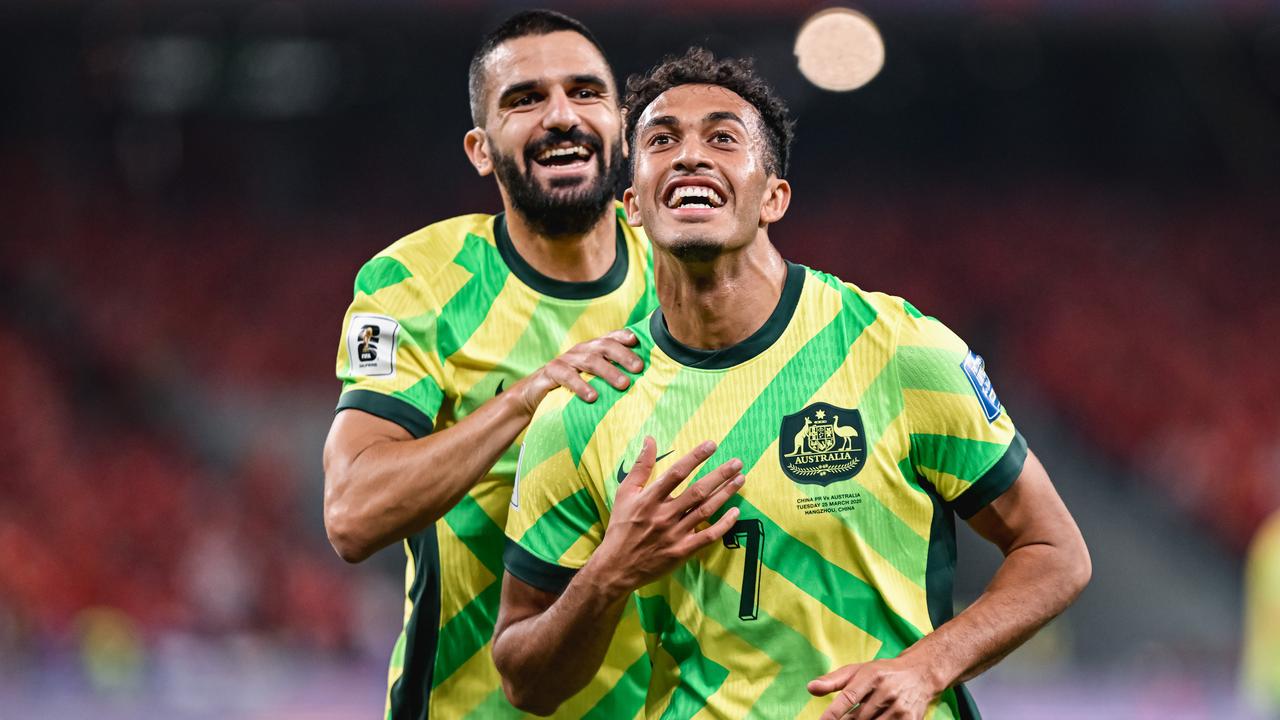Jane Fernandez take us behind the scenes of the machine running FIFA Women’s World Cup 2023
From ensuring the right air pressure in balls, to the width of goalposts, to the right type of rice in the buffet at team hotels, Jane Fernandez and her organising committee will have their hands full through the World Cup.
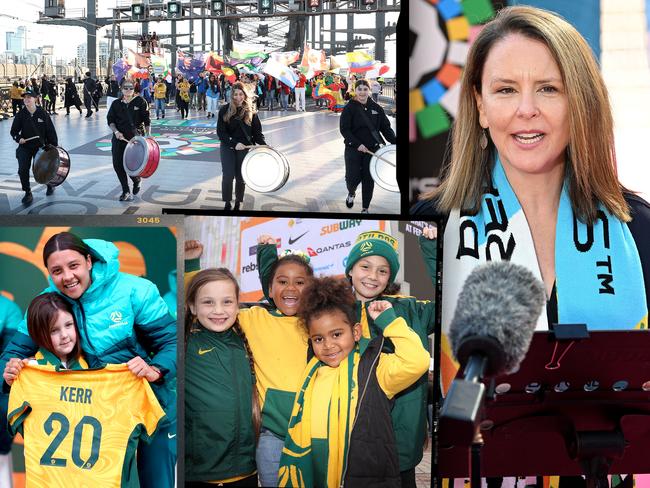
World Cup
Don't miss out on the headlines from World Cup. Followed categories will be added to My News.
A football World Cup, in Australia.
It’s still a wild, wild thought.
As anthems are sung on Thursday night and the nation gets swept up in the enormity, and opportunity of it all, high in the stands at Stadium Australia will be a local who won’t be able to really soak it in.
Jane Fernandez, in charge of the local FIFA Subsidiary (organising committee), is intent on putting on the best event ever.
“You’ve heard the Matildas talk about the Cathy Freeman moment,” she says, “well, this tournament is going to do that.”
The Women’s World Cup is a FIFA event. Football Australia won the bid.
In the middle, Fernandez is in charge of the people who actually put the event on.
The to-do list is endless. From the right air pressure in balls, to the width of goalposts, to car seats in support cars for the children of team members, to the right type of rice in the buffet at team hotels.
For Fernandez, who at the Matildas opener will be paying as much attention to the positioning of the perimeter signage as Sam Kerr’s finishing, it’s the culmination of six years of work.
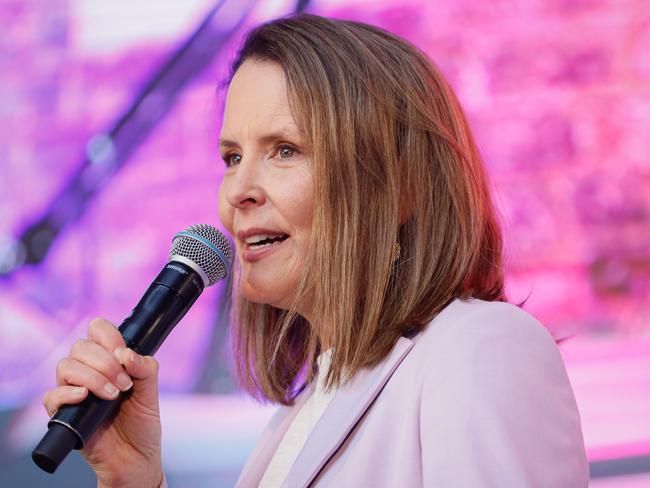
*****
The idea to host a World Cup was conceived by Football Australia in 2017.
“It feels like another time,” Fernandez says.
It actually was.
Two weeks after the bid was announced, the Garcia Report into the rampant shonks that beset the bidding process for the 2018 and 2022 Men’s World Cups was released. Why on earth would Australia get involved in that malarkey again?
Confident FIFA had cleaned its act up, and adamant hosting a Women’s World Cup would turbocharge women’s football in Australia, Fernandez and others got to work to form a bid proposal, get government funding, and by 2020, when new CEO James Johnson came in, with intricate knowledge of FIFA’s workings, the process was further accelerated.
In the middle of a June night in 2020 the bid was won. Fernandez jumped for joy. Then the real work started.
THE moment 😠pic.twitter.com/QRumipMVvY
— CommBank Matildas (@TheMatildas) June 25, 2020
From a few dreamers in 2017, Fernandez’s working group has exploded to over 1000 to manage the complexity of staging 35 matches across one month (co-hosts New Zealand, which has a mirror operation to the Australian LFS, is putting on 29).
There’s around 3000 volunteers in Australia (5000 for the whole tournament) to train and look after.
Around 730 players and officials for the group stages alone to ensure hotels, transport, training and games are accessed and enjoyed. On time!
“At the moment it’s just problem solving, and there’s no crazy problems, everything is manageable,” Fernandez says, with tranquillity.
It’s how Fernandez, who worked on the Sydney Olympics in 2000, talks, and operates. A problem solver, surrounded by like-minded people.
Not long after this interview with CODE Sports, a furore broke over the covering up of the names on statues around the Sydney Football Stadium (nee; Allianz Stadium for the tournament).
A miscommunication between the venue, the LFS and directives out of FIFA head office in Zurich. Quickly, everyone was back on the same page and the plaques were visible again.
A Canadian team official complained on social media about their child being denied access to the team bus. Which, the official later realised, was the correct call, because team buses can’t be fitted with child-safety seats.
Still, the organisers have gone to great lengths to allow children to be in around the teams if players and officials have brought them.
With more and more mothers playing, such as Australia’s Katrina Gorry and Tameka Yallop, gone are the days of child-free World Cups.
“This is the reality of our teams,” Fernandez says.
“There’s no travel on a team bus, because there’s no car seats, and certain access into change rooms. But it’s so unique, and an important part of team culture.”
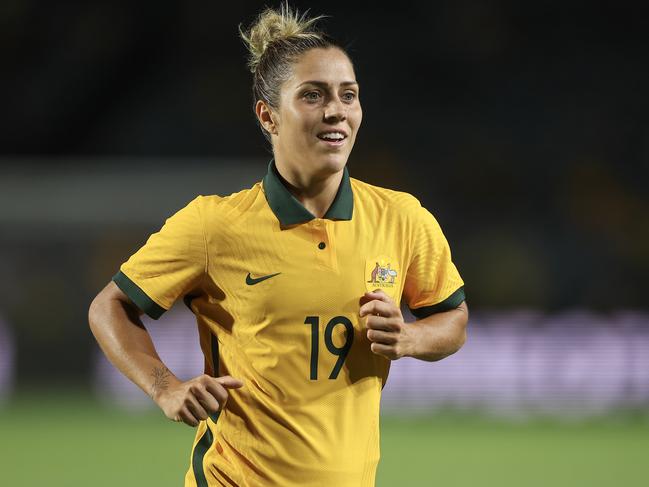
*****
Undoubtedly the biggest challenge thrown the way of Fernandez and her team was the switch of venue for the Matildas first game against Ireland from the 45,000-seater Sydney Football Stadium in Sydney’s east, to the 80,000-seater Stadium Australia in Sydney’s west.
The demand for Matildas tickets was only matched by Taylor Swift, and FIFA formally changed venues for the July 20 opener in late January.
“Moving the match made total sense,” Fernandez says, but the practicalities weren’t as simple as moving a Timbuktu v Jimbob United over 35’s clash from one suburban park to another.
All stadiums had a month-long free window to ensure a perfect playing surface, and ‘clean venue’, with the correct signage up, and the incorrect hidden.
That window for Stadium Australia was a week, as the move meant a clash with State of Origin III, won by NSW on Wednesday night. The new playing surface was laid in advance, and thanks to advice from FIFA’s chief horticulturist Alan Ferguson, barely a mark was left from the 26-strong herd of rugby league behemoths trampling on it for 80 minutes.
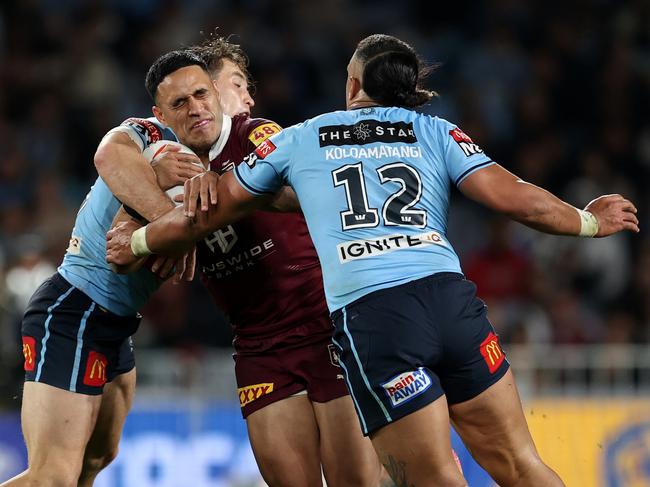
Straight after the match, a 48-hour, round-the-clock working bee took place to turn the venue around.
“It’s a huge undertaking and the venue has been phenomenal, and the NRL, to make sure we could do some early work,” Fernandez says, adding there has not been a hint of a code war in the whole six years of planning.
“Everyone has been absolutely on board. That goes back to the bid time, meeting with the codes. They were super supportive, especially the NRL and Rugby Australia, because we are playing in rectangular venues.”
“It’s a really good demonstration how working together brings about amazing outcomes”
*****
Given how detailed the planning has been, Fernandez says she’s not losing much sleep, and trying to limit herself to three coffees a day. There is no mad-house scrambling, nor a heightening emotional state.
“When it’s real, when it’s just around the corner we take decisions fast and that’s the bit I love,” Fernandez says.
“The last few days are about a lot of testing, making sure we are 100 per cent ready.”
The first two weeks will be a whirlwind with teams travelling between capital cities, and games kicking off across 17 different times. The reason for such a variety is overseas television requests, plus local considerations.
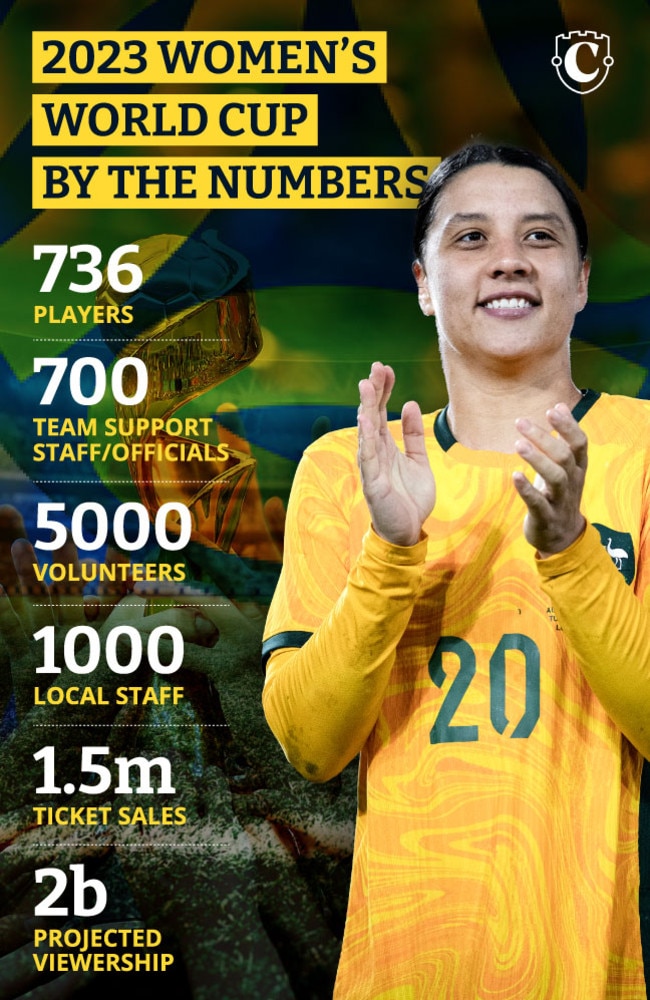
Four pm kick-offs on a weekday in Sydney wouldn’t do anyone any good, as games like Korea-Colombia on Tuesday, July 25, have the strange start time of midday.
“That is the one kickoff time we did talk a lot about!” Fernandez says.
“But that will give a chance for a lot of our schools as part of the schools programs to get out and watch a match.”
By August 21, the day after the final in Sydney, it would be reasonable for Fernandez and her team to dive into a bottomless glass of celebration, then hibernate.
Not quite. There’ll be lengthy debriefs, and retrospective problem solving, because no-one knows when the next one of these will end up on Australia shores.
For now though, all that matters is putting on a show to remember.
“From a global perspective, our part in legacy is making sure we deliver a tournament that blows people’s minds,” Fernandez says.
“This event is like no other. It is a moment in time people will remember for their life, and it’s a moment that’s going to inspire so many young girls.
“Not only to put on football boots, but also see their heroes performing in their own backyard, but also maybe they could pick up a microphone to host the next broadcast, maybe they could be a coach, or referee.”
“They can do amazing things in their own lives, purely being inspired by this one moment.”
Originally published as Jane Fernandez take us behind the scenes of the machine running FIFA Women’s World Cup 2023




